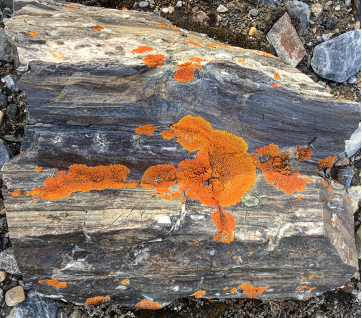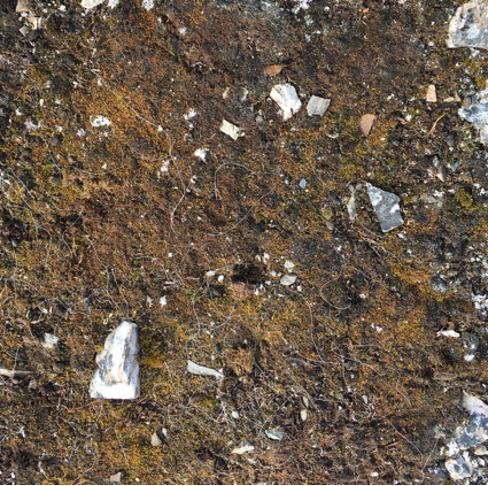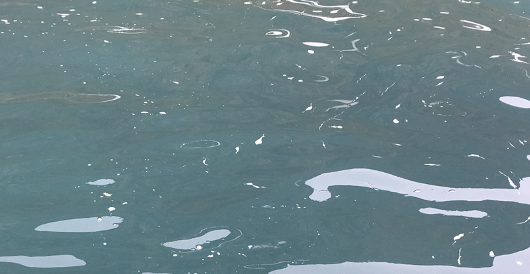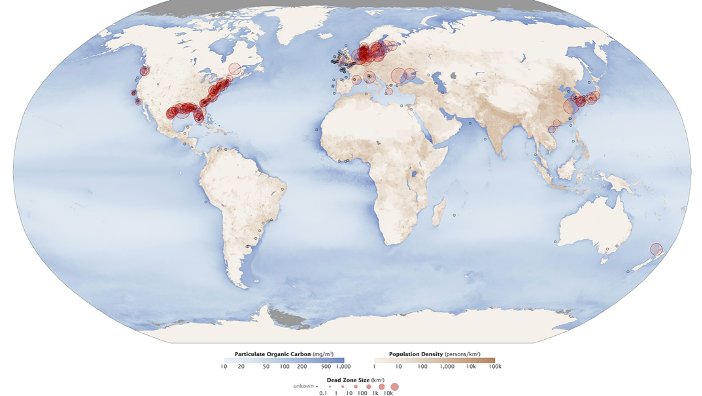The Life Cycle of Nitrogen in Arctic Ecosystems
Written on
Chapter 1: The Unseen Forces of Nature
When humans are removed from the equation, nature's ecosystems can reclaim their territory remarkably fast. During a lecture on a National Geographic expedition to Svalbard Island, I witnessed this ecological process unfold vividly. A cliff teeming with bird colonies came into sight, the cries of the birds echoing above the crashing waves. The rocks, stained by guano, emitted a strong scent of raw organic matter. While the guillemots predominantly safeguarded their nests, a pair of puffins also watched over their eggs, contributing their own guano to this vibrant ecosystem.

Chapter 1.1: The Significance of Guano
After dedicating three years to researching forage fish and their vital roles in marine and terrestrial environments, I discovered that guano serves as a crucial resource in nutrient-scarce areas like Svalbard. This excrement contains concentrated nutrients from the sea, which birds like puffins bring ashore after consuming fish. The resulting fertilizer, when it settles on the land, sparks life from seemingly barren rocks, as exemplified by the “Ornithokoprophyllic” lichens—those that thrive on bird droppings.

Section 1.1.1: Beyond Lichens
However, lichens represent just the initial, fundamental stage of this ecological succession. Lower down the cliff, layers of moss and genuine plants begin to emerge from the thin soil, nurtured by the bird-generated fertilizer.

Section 1.2: The Ripple Effect of Nourishment
These mosses, enriched by bird droppings, provide sustenance for reindeer. Their manure further enriches the soil, which eventually flows into the water, fostering a plankton bloom that transforms the ocean into a vibrant greenish-blue.

In due course, these phytoplankton will nourish zooplankton, which in turn sustains fish, such as the sculpin that lurks in the depths beneath the cliffs.

This cycle continues as seabirds feast on these fish, producing more guano and thus perpetuating a balanced nitrogen cycle that fosters a diverse array of life.
Chapter 2: Lessons from the Arctic
It is important to note that excessive nitrogen from agricultural runoff leads to the proliferation of dead zones across the globe. When nitrogen levels become overwhelming, they can trigger microalgae blooms, which in turn cause bacterial overgrowth that depletes oxygen in the water. Currently, there are over 400 significant dead zones worldwide.

These dead zones arise from a lack of balance. Areas of the ocean suffering from hypoxia experience nitrogen surges that are too great and too rapid for the food web to manage. The Arctic serves as a model for us, demonstrating that ecosystems relatively free from human interference treat nitrogen as a nutrient rather than a pollutant.
If we can learn to manage our nitrogen levels in a way that mirrors these natural systems, we may witness a resurgence of diverse life forms rather than the simplified, over-nitrified wastelands dominated by algae and bacteria.
The first video, I'm Lichen This Car Door [60 Second Specimens], illustrates the fascinating world of lichens, showcasing their unique characteristics and ecological significance.
In the second video, Zoom into Nature: Lichens, viewers can delve deeper into the intricate relationships lichens have with their environments and the role they play in the ecosystem.
This article originally appeared on safinacenter.org